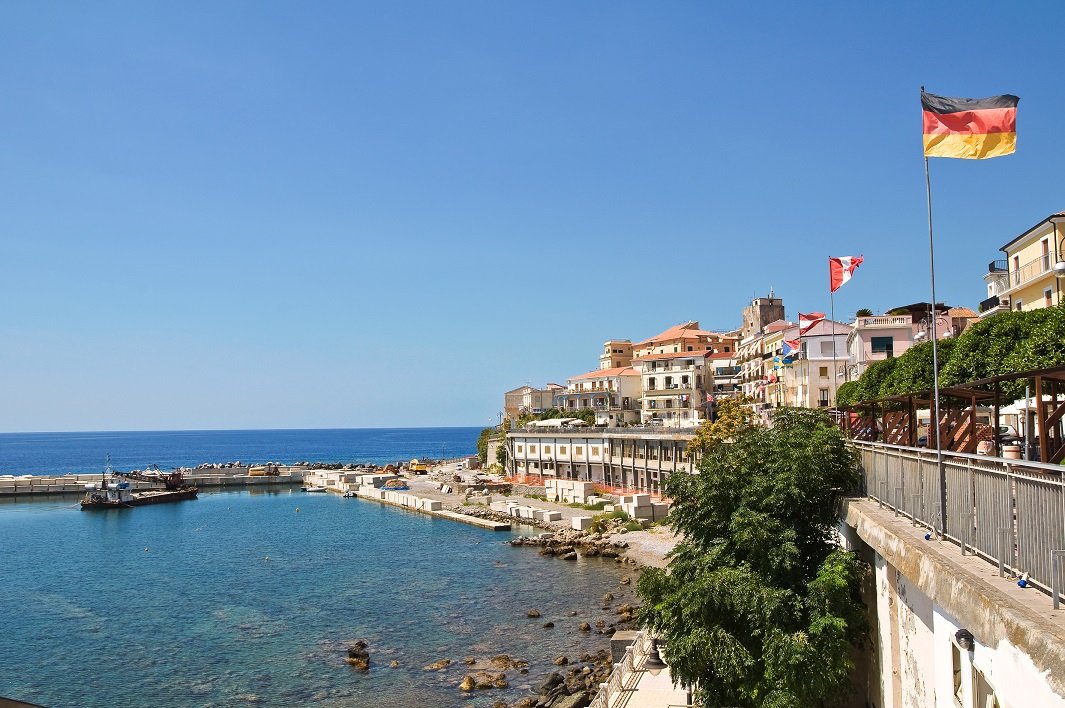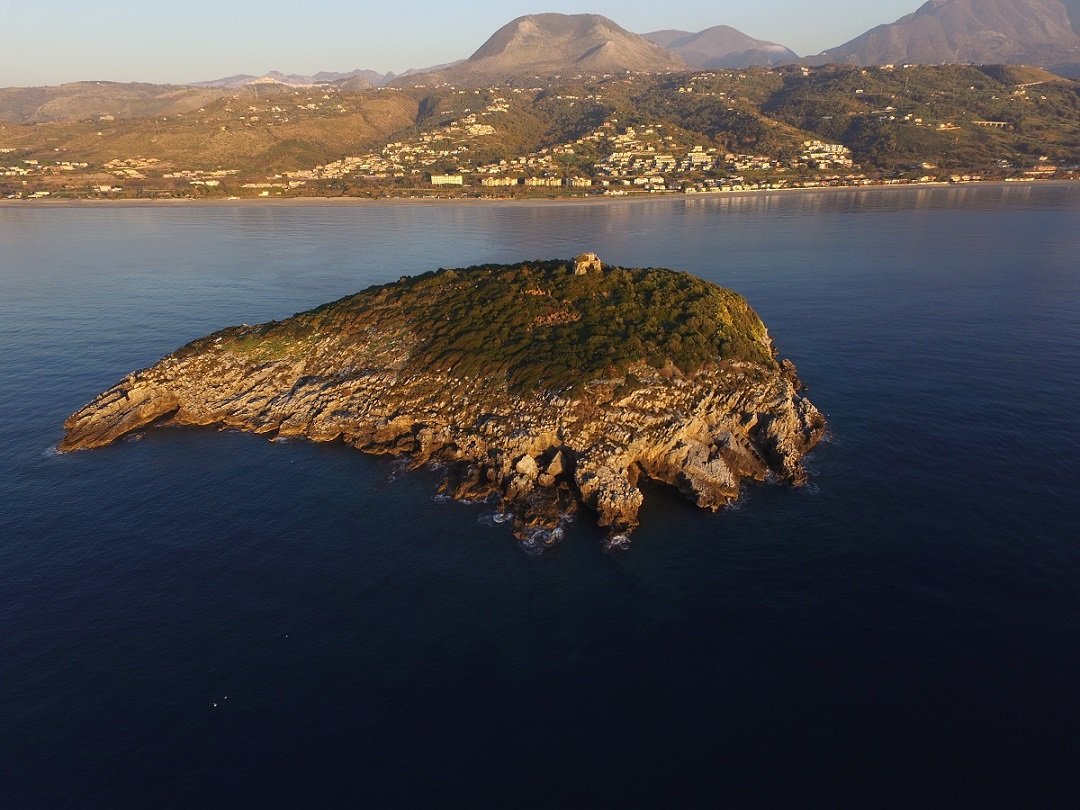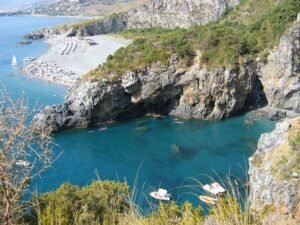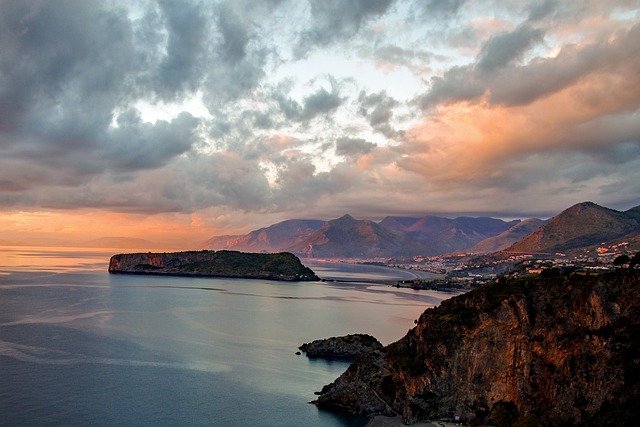There is a place where the sky plunges sheer into the sea, the rocks turn into sand and the streets of the towns are criss-crossed with history and tradition. This place is the Cedar Riviera. It owes its name to the cultivation of the oldest citrus fruit in the Mediterranean, the citron, considered by the Greeks to be sacred food for the sirens. Already from this brief introduction, one can imagine how much of a fascination the Cedar Riviera exerts on visitors. If you then add beautiful beaches, enchanting bays and medieval villages that are among the most beautiful in Italy, it is immediately clear that this is a land waiting to be discovered.
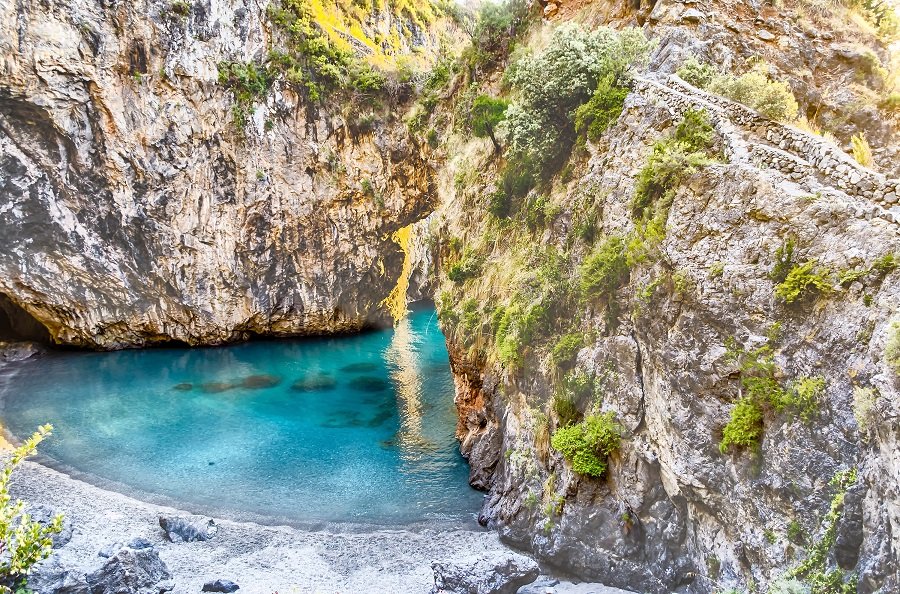
The Riviera dei Cedri, in the province of Cosenza, is a thin strip of land almost 80 kilometres long, stretching from Tortora - a town on the border with Basilicata - to Paola. This strip of land includes 22 municipalities: some are seaside towns or villages (that beautiful sea of the Alto Tirreno Cosentino), while others are inland towns and villages, some of which are also included in the Pollino National Park (Aieta, Orsomarso, Papasidero, Sangineto, Buonvicino, Belvedere Marittimo, Santa Domenica Talao, Maierà and Verbicaro). Cedar growing is currently practised mainly in the municipalities of Diamante, Scalea, Santa Maria del Cedro, Belvedere Marittimo and Cetraro. Here, in fact, the climate is particularly favourable: the cultivations, in fact, both face the sea (which gives mild winters and summers that are not too hot) and at the same time are protected, behind them, by the mountains of the Pollino Park (which act as a 'barrier' against the coldest winds and currents). Given its fair size, the territory of the Cedar Riviera is varied: it includes long sandy beaches, but also hidden bays at the foot of high and striking rock faces; flat coastal areas, but also mountainous reliefs that host, among rivers and forests, perched villages made up of low stone houses, small squares and intertwining streets.
If you are wondering what to do in the Cedar Riviera, get ready for a long list of activities and experiences ranging from sport, art, nature and socialising. Such a changeable land, where you can go from the sea to the mountains in no time at all, offers travellers plenty of ideas, starting with sports and excursions: in fact, you can range from hiking trails to rafting and paragliding. The latter can be practised in Praia a Mare by flying to Dino Island, a true natural beauty immersed in the Tyrrhenian Sea, with enchanting caves illuminated in blue. Trekking and hiking routes, on the other hand, are available inland, along the mountain slopes of the Pollino Park, where the more adventurous can go rafting along the Lao River. Beautiful beaches await you in Scalea, in Praia a Mare (one of the most fashionable centres) and in San Nicola Arcella where you can admire the ancient Saracen tower (also called Torre Crawford, because it was the retreat of the writer Francis Marion Crawford). In Acquappesa, the Terme Luigiane (which stand out for their virtues and benefits) will be a pleasant break for relaxation and refreshment, while Aieta and Buonvicino (included among the most beautiful villages in Italy) will make you fall in love, all year round, with their picturesque views immersed in a dimension suspended in time. The suggestions continue in Papasidero, where you can travel back in time by visiting the Grotta del Romito: this, with its graffiti and rock engravings, represents one of the most famous prehistoric testimonies in Europe. But one of the experiences not to be missed, and one that will get you fully in tune with the territory of the Riviera, is a visit to the Cedar Museum in Santa Maria del Cedro (a municipality strongly linked to the cultivation of this citrus fruit, as its name indicates). Here you will discover much about the material culture of the place and learn about its traditions and characteristics that have always made it unique.
The complexity and variety of this geographic region can also be found at the table, with strong, identifiable tastes and flavours that range between land and sea and that still remain deeply rooted in the gastronomic workings of the past. Each town within this territory has its own strong dishes, yet it is possible to identify some common flavours and ingredients that we find on all the tables of the Riviera. Lagane and chickpeas, for example, are one of these: we are talking about the famous handmade pasta, similar to tagliatella, but wider, to be eaten with chickpeas and, in some variants, seasoned 'alla Zafarana' (i.e. with plenty of powdered chilli pepper, cultivated near Tortora). Cold cuts, on the other hand, boast an ancient tradition of craftsmanship and taste. There are several in this area, but the soppressata prepared with strictly local meat is a must. A good red wine from the area, such as a Verbicaro Rosso DOC, will enhance all its aromatic notes. In a land where the values and strong presence of sheep farming can still be felt, cheese is a traditional food. One above all is pecorino, which along the Riviera dei Cedri can be eaten in a simple version or enriched with rocket and chilli pepper. But it is at the end of a meal or during sweet snacks that the citron finally makes its appearance: used for liqueurs and digestives, it is also the main ingredient in granitas or in creams and jams used as a filling for cakes and biscuits. But the most typical sweets are perhaps the Panicelli. These have a centuries-long history and consist of a bundle made of cedar leaves, held together by strings of broom. Inside are Zibibbo sultanas and citron peel. Baked in a wood-fired oven, they are a real treat and their flavour encapsulates the soul of a land of rare and ancient scents.
Events on the Riviera dei Cedri are many and all celebrate the territory, the products of the land and the link with ancient customs that still endure today. Festivals occupy a prominent place, especially in the summer: in July, in Diamante, 'Italy's most painted city' famous for its murals, the fresella festival is held in honour of San Francesco di Paola, an occasion that celebrates all the typical flavours of this land amidst tastings of typical dishes, dancing and popular songs. While in Cirella di Diamante, again during the month of July, it is the turn of 'Calici sotto le stelle', an event that promotes the wine produced on the Riviera with tastings guided by sommeliers and side events designed to entertain and involve participants. In August, one of the most famous festivals in the entire region takes place in Diamante: the Peperoncino Festival, an unmissable event for those who love or want to explore the essence of Calabrian taste. Also in August, Santa Maria del Cedro hosts the festival of fusillo, a type of pasta that is the undisputed protagonist on the tables of the Riviera (and generally on tables throughout Calabria), accompanied by tasty and intense sauces. Suggestive and traditional is the 'Perciavutti', which enlivens the municipality of Verbicaro every 8 December: an event that valorises and recalls ancient popular traditions linked to the new wine, which on this day is tasted in a cheerful and folkloristic context, between a festival and a village feast. In Belvedere Marittimo, on the other hand, love triumphs: this town, in fact, hosts the remains of Saint Valentine and every 14 February, lovers and married couples come to the Capuchin Convent (where the ampulla with the Saint's blood and bone fragments are kept) to renew their vows or make new ones. The events do not stop here, each centre has its own and discovering them all will be a pleasant and unforgettable adventure.
